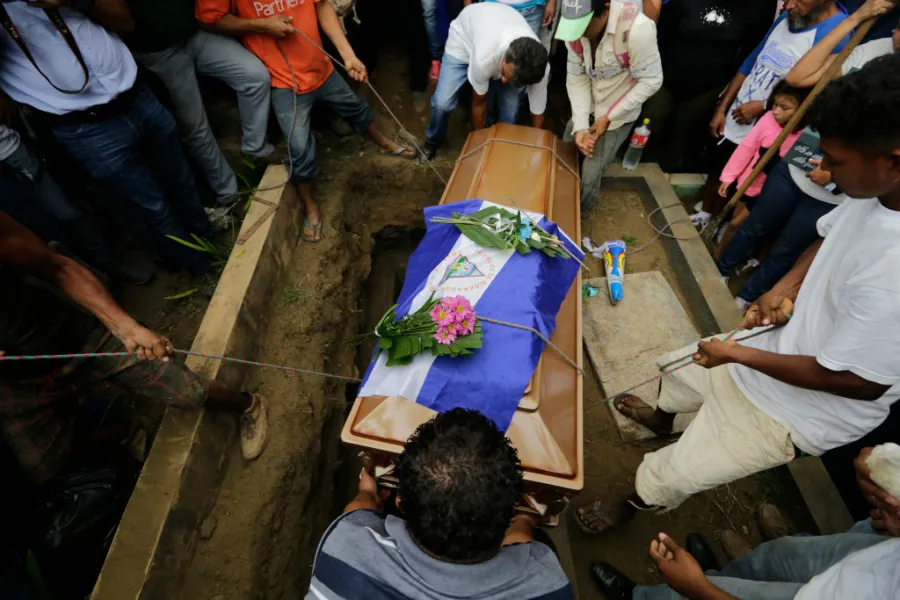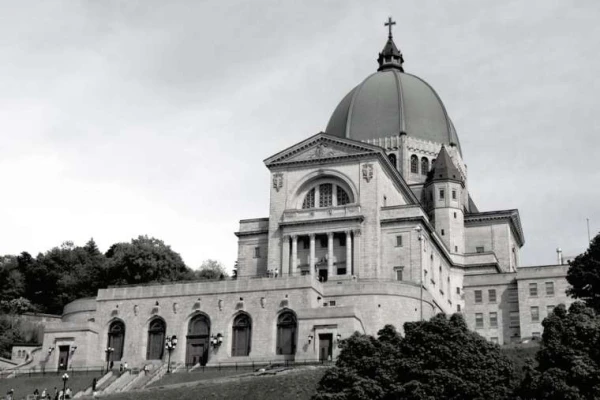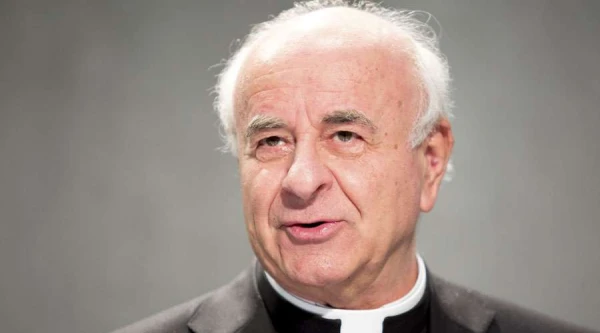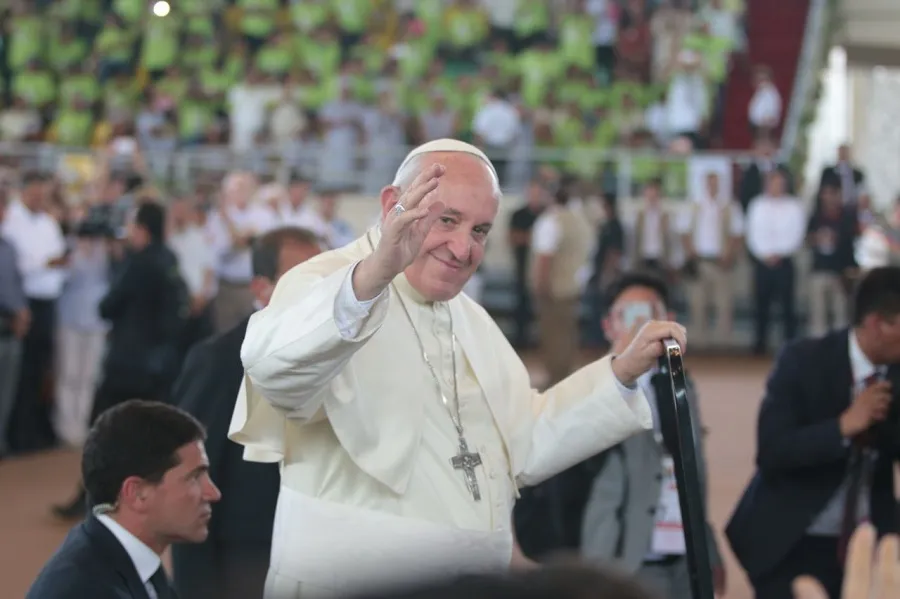
Matagalpa, Nicaragua, Sep 27, 2018 / 02:13 pm (ACI Prensa).- Bishop Rolando José Álvarez Lagos of Matagalpa has called for an end to the deaths in the country occurring during protests against the government of Daniel Ortega after the death of 16-year-old Matt Andrés Romero, who died Sept. 23 during an anti-government demonstration.
“We mourn the death. We mourn one more death. It grieves our soul, the death of the young man, of the boy, Matt Andrés Romero. Our prayers for his family. Our love and solidarity with them. We continue to insist: not one more death, please,” Bishop Álvarez wrote on Twitter Sept. 25.
<blockquote class="twitter-tweet" data-lang="en"><p lang="es" dir="ltr">"Nos duele la muerte. Nos duele un muerto más. Nos duele hasta el alma, la muerte del jovencito, del niño, Matt Andrés Romero. Nuestras oraciones por su familia. Nuestro cariño y solidaridad con ellos. Seguimos insistiendo: ni un muerto más por favor". Mons. Rolando José.</p>— Monseñor Rolando José Alvarez L. (@DiocesisdeMat) <a href="https://twitter.com/DiocesisdeMat/status/1044814230996873217?ref_src=twsrc%5Etfw">September 26, 2018</a></blockquote>
<script async src="https://platform.twitter.com/widgets.js" charset="utf-8"></script>
Romero died during the “We are all the voice of the political prisoners” march in Managua, where he was mortally wounded by a gunshot.
His family and friends affirm he was shot by paramilitaries supportive of Ortega. According to the authorities it occurred during a crossfire, which the organizers of the march refute.
With Romero's decease, the number of deaths has risen to 323 since the protests began April 18 and include 23 children and adolescents, according to the Inter-American Commission on Human Rights.
However, according to the Nicaraguan Association for Human Rights, there have been more than 510 deaths. In addition there may be another 1,300 disappeared persons.
Nicaragua's crisis began after Ortega announced social security and pension reforms. The changes were soon abandoned in the face of widespread, vocal opposition, but protests only intensified after more than 40 protestors were killed by security forces initially.
The country's bishops have mediated on-again, off-again peace talks between the government and opposition groups.
Bishops and priests across the country have worked to separate protesters and security forces, and have been threatened and shot.
Anti-government protestors have been attacked by “combined forces” made up of regular police, riot police, paramilitaries, and pro-government vigilantes.
The Nicaraguan government has suggested that protestors are killing their own supporters so as to destabilize Ortega's administration.
The Church in Nicaragua was quick to acknowledge the protestors' complaints.
The pension reforms which triggered the unrest were modest, but protests quickly turned to Ortega's authoritarian bent.
Ortega has been president of Nicaragua since 2007, and oversaw the abolition of presidential term limits in 2014.
The Church has suggested that elections, which are not scheduled until 2021, be held in 2019, but Ortega has ruled this out.
Ortega was a leader in the Sandinista National Liberation Front, which had ousted the Somoza dictatorship in 1979 and fought US-backed right-wing counterrevolutionaries during the 1980s. Ortega was also leader of Nicaragua from 1979 to 1990.
This article was originally published CNA's Spanish-language sister agency, ACI Prensa. It has been translated and adapted by CNA.
If you value the news and views Catholic World Report provides, please consider donating to support our efforts. Your contribution will help us continue to make CWR available to all readers worldwide for free, without a subscription. Thank you for your generosity!
Click here for more information on donating to CWR. Click here to sign up for our newsletter.






Leave a Reply